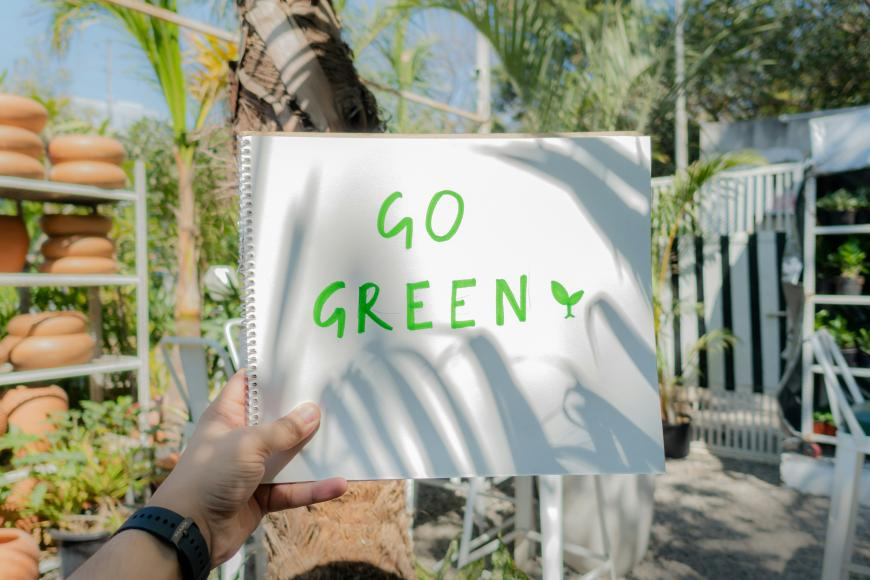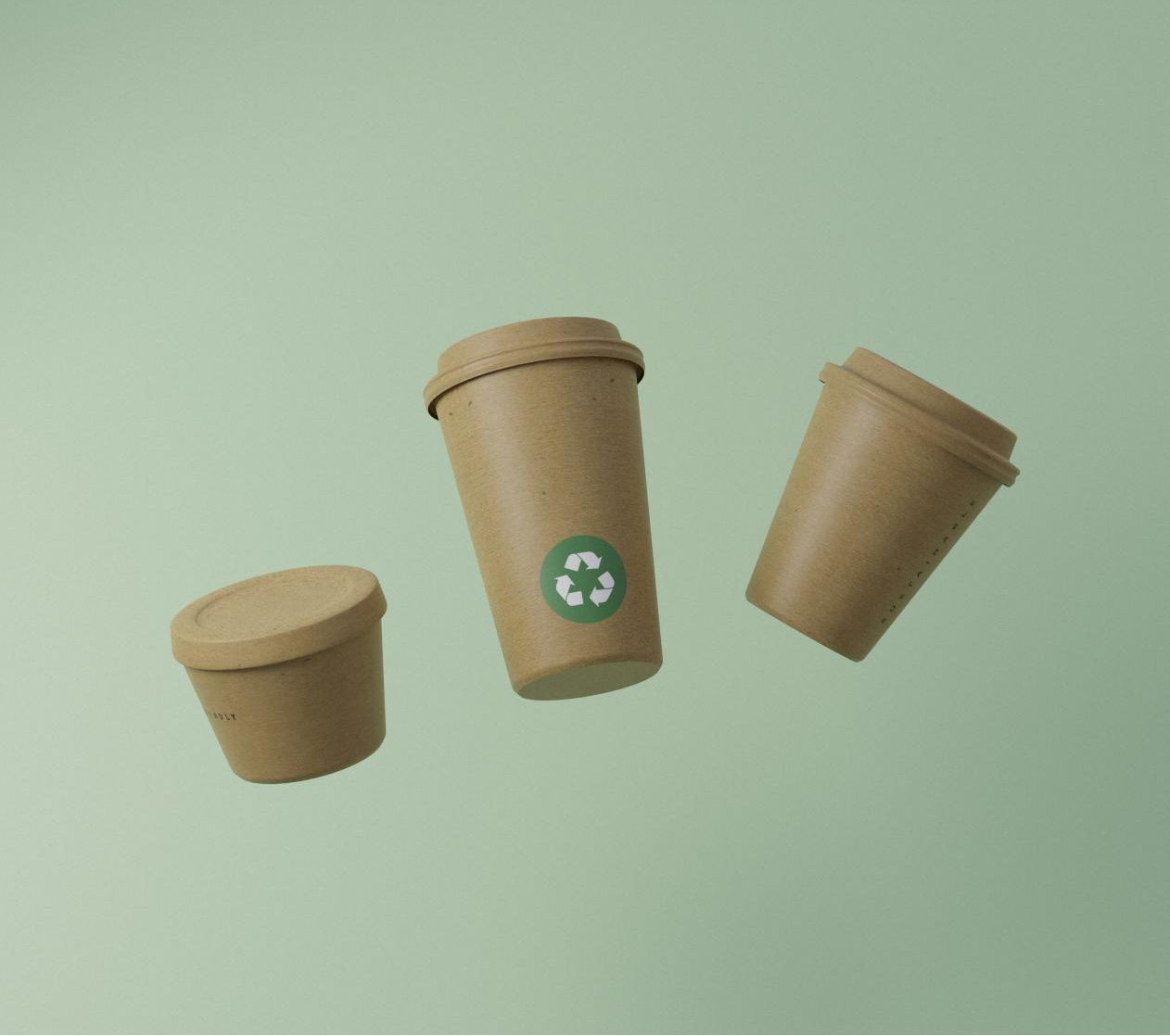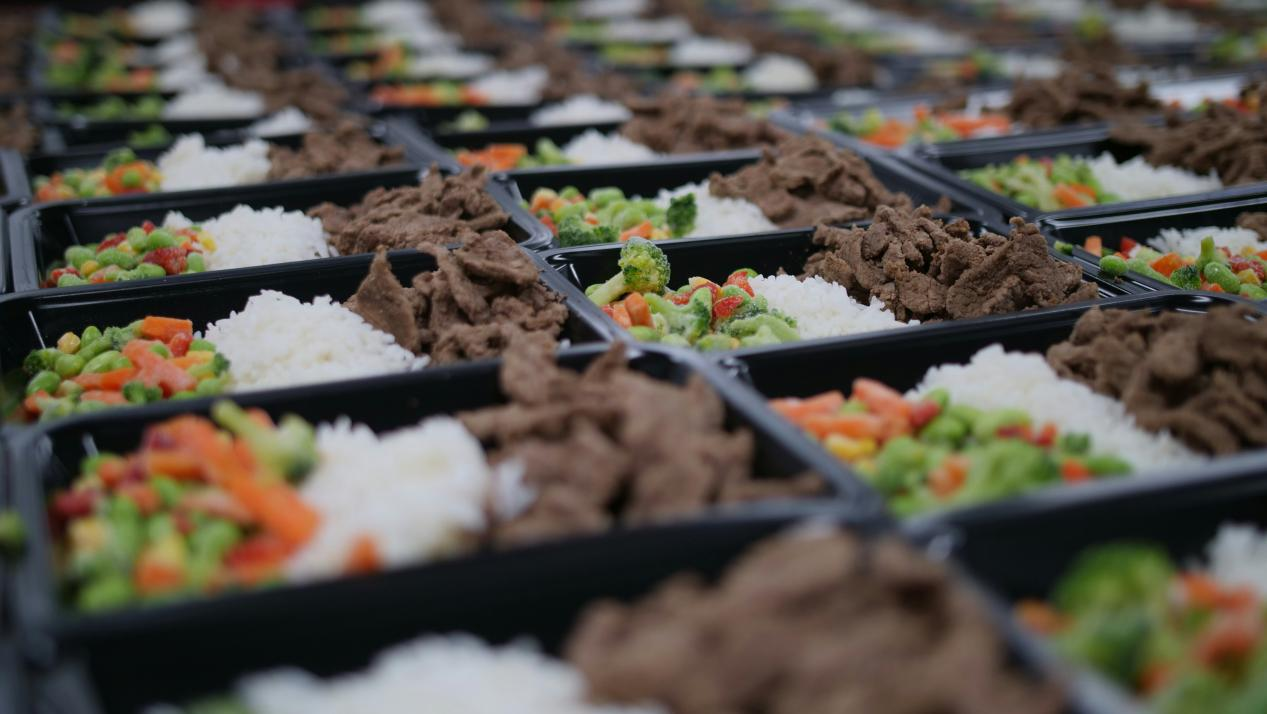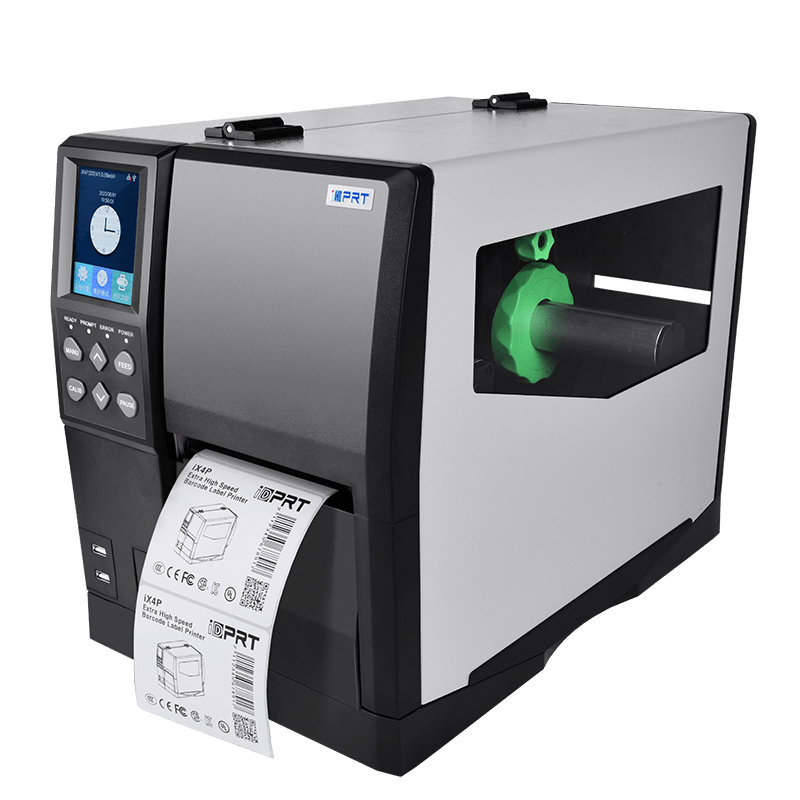Ever wondered what happens to all those food labels after use? From meat packaging to frozen meals and takeaway boxes, labels are everywhere—and if they’re not sustainable, they add to the growing packaging waste problem. That’s why more and more food brands are making the switch to biodegradable labels. These labels offer the same reliable performance as traditional ones, but with a significantly smaller environmental footprint.

What Are Biodegradable Labels?
Biodegradable labels are made from plant-based or naturally materials that break down over time—no toxic leftovers, no long-term mess.
Sounds good, right? They decompose under the right conditions—like in composting facilities or soil environments—unlike traditional plastic or synthetic labels, which can persist for hundreds of years.
Biodegradable vs. Compostable vs. Recyclable Labels
Biodegradable, compostable and recyclable labels are all eco-friendly, but these “Green” labels are not the same. Let’s quickly clear up the common confusion:
Biodegradable labels
Break down naturally (eventually), typically in soil or landfill environments, through biological processes.
Compostable labels
Break down faster under specific conditions (like heat, moisture, and oxygen) and turn into nutrient-rich compost. (Think of them as a more advanced form of biodegradability.)
Recyclable labels
Can be collected, processed, and reused to make new materials, but doesn’t necessarily break down naturally.
Not every “eco” label is the real deal. If it’s truly compostable or biodegradable, it should meet strict standards—like EN 13432 in Europe or ASTM D6400 in the U.S.
EN 13432, the European benchmark, requires that:
- Breaks down at least 90% in six months under controlled industrial composting conditions.
- Falls apart into bits smaller than 2 mm in 12 weeks—no chunky leftovers.
- Leaves no nasty stuff behind—no toxins, no heavy metals, nothing that’ll mess with your soil or plants
This standard ensures not just degradation, but safe and complete compostability—a crucial factor for sustainable food packaging and labeling.

Today, many food brands are now opting for compostable or biodegradable labels to reduce their dependence on fossil‑based plastics, and stay aligned with evolving EU regulations. This is a shift driven by both growing consumer demand and broader industry momentum toward sustainable packaging, as highlighted in Shorr’s 2025 Sustainable Packaging Consumer Report.
What are Biodegradable Labels Made of?
PLA (polylactic acid)
made from corn or sugarcane, and widely used in compostable labels.
Kraft paper
rustic, uncoated, and perfect for dry or deli items.
Sugarcane fiber(bagasse) paper
a byproduct of the sugar industry that’s as beautiful as it is sustainable. It pairs well with freezer-grade or high-tack adhesives, making it ideal for cold storage.
Cellulose film
clear, flexible, and plant-based; often used for see-through labels.
In the U.S. and Europe, PLA and fiber-based papers like bagasse and kraft are the most commonly used biodegradable label materials.
PLA stands out for its reliable supply, compostability certifications (such as EN 13432 and ASTM D6400), and compatibility with thermal transfer printers. Fiber-based options are quickly gaining ground in the food and beverage industry for their natural look, eco appeal, and cold-chain performance.
Why Food Brands Are Switching to Biodegradable Labels
With stricter rules around plastic packaging in Europe, North America, and beyond, many food processors are under pressure to go greener. Biodegradable labels help businesses stay compliant and future-ready.
For instance, Nature Fresh in the produce sector introduced a packaging system that combines compostable film with fully compostable labels—creating one of the first entirely sustainable packaging solutions on the market.
Consumer behavior makes the shift even clearer: sustainability is no longer a bonus—it’s expected. Packaging is often the first impression, and labels are front and center. Switching to eco-friendly food labels sends a strong message to customers that your brand cares.
In high-volume environments—like meat processing plants or frozen goods warehouses—built-up label waste is a real issue. By using biodegradable freezer-safe labels, brands can cut down on landfill contributions without compromising on performance.
Printing Biodegradable Labels for Meat, Dairy & Cold Chain Packaging
For meat processing plants, cold chain food producers, and dairy manufacturers, you need clear, smudge-proof prints that can withstand fridges, freezers, and delivery conditions—while still being eco-friendly. Thermal transfer printing is your best bet: it’s fast, precise, and works perfectly with a wide range of biodegradable label materials.
iDPRT offers high-performance industrial thermal transfer printers to handle large-scale label runs without sacrificing quality.

iX4P Industrial Barcode Printer
- Resolution:
- 203dpi, 300dpi, or 600dpi
- Printing method:
- Direct Thermal and Transfer Thermal
- Max. print speed:
- 14ips @ 203dpi, 8ips @ 300dpi, 4ips @ 600dpi
- Max. print width:
- 4.1"(104mm) @ 203dpi, 4.17"(106mm) @ 300dpi and 600dpi
- Memory:
- 256 MB Flash / 512 MB RAM
Here’s what you get:
- • High-speed, high-volume output: perfect for large-scale operations
- • 300+ DPI High-Resolution Printing: Delivers crisp barcodes, QR codes, and traceability data that resist smudging—even in cold, moist conditions.
- • Eco-friendly compatibility: supports sustainable ribbons and biodegradable facestocks like PLA and sugarcane paper, compliant with EU and FDA food-contact standards.
- • Smooth production line integration: Multiple I/O interfaces and optional accessories ensure easy integration with automated labeling systems.
Whether you’re labeling 1,000 frozen meals or 100,000 meat packages, our systems deliver reliable, sustainable performance.
Greener Labels, Stronger Brands
If your food business is serious about sustainability, biodegradable labels are a simple but powerful change. They're better for the planet, better for compliance, and better for how customers perceive your brand.
The shift doesn’t require a massive overhaul—just smarter material choices and the right printing tools. And we’re here to help.
Ready to Upgrade to Biodegradable Labels?
Get expert help choosing the right thermal printing solution for your food packaging needs.
FAQs About Biodegradable Labels for Food Packaging
Yes—many are certified for direct or indirect food contact, just check with your supplier for specific compliance info.
Absolutely. Just make sure you’re using freezer-grade biodegradable labels with cold-resistant adhesive.
Some are! If compostability matters, look for EN 13432 or ASTM D6400 certifications.








